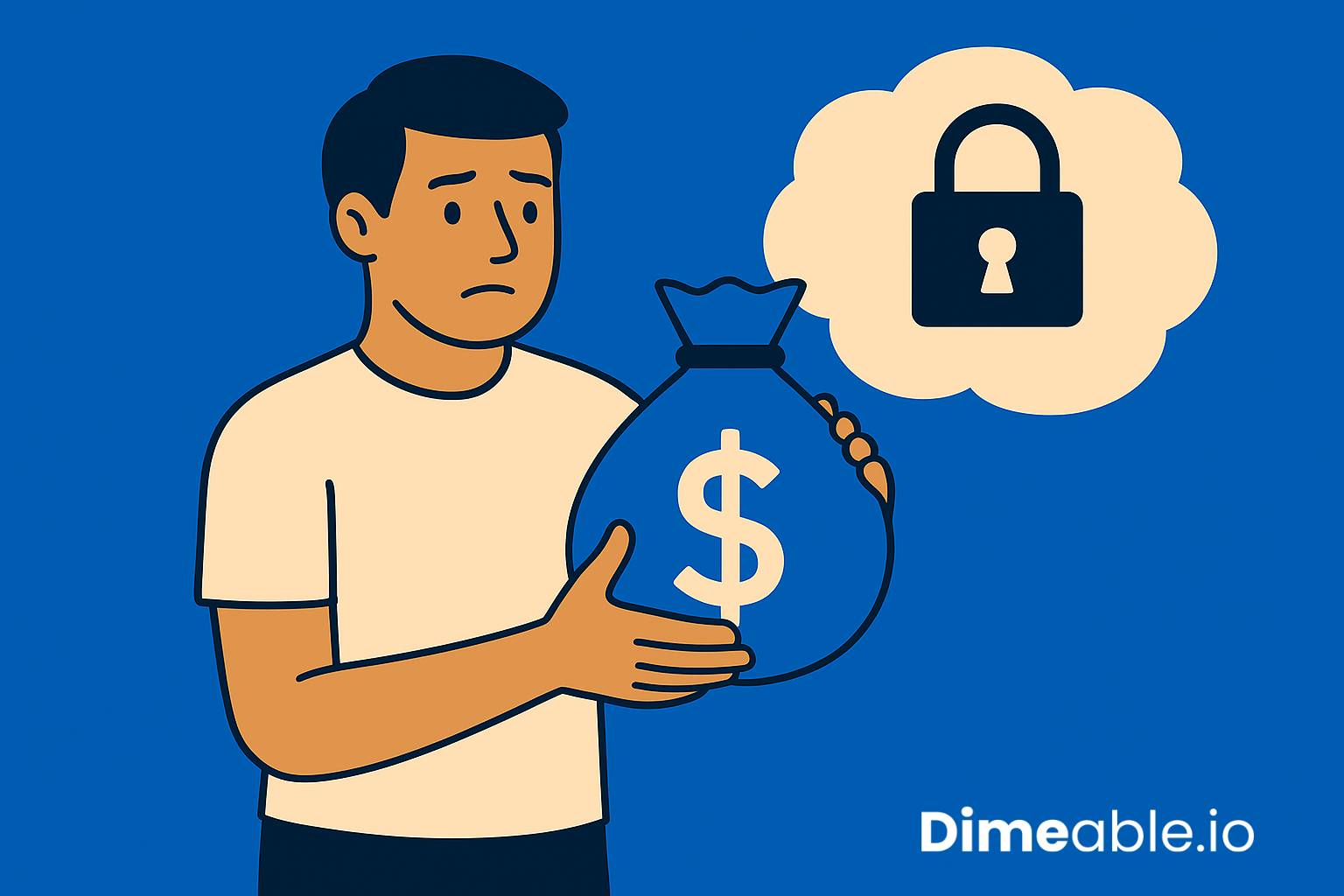Economic uncertainties like rising interest rates, increasing unemployment, and inflation impacting everyday essentials such as food and gas highlight the critical importance of having an emergency fund. Experts recommend setting aside at least six months’ worth of living expenses in a dedicated savings account to help you navigate unforeseen financial challenges.
An emergency fund isn’t just a response to global crises; it’s a lifeline for everyday unexpected situations. From unexpected medical expenses to urgent home repairs, these situations can severely disrupt your finances if you’re unprepared. Here’s everything you need to know to establish your emergency fund.
What Is an Emergency Fund?
An emergency fund is a financial safety net reserved exclusively for unexpected expenses, such as:
- Repairing a flat tire and covering towing costs.
- Managing living expenses after job loss.
- Paying for emergency medical procedures, like surgery.
- Covering urgent home repairs, such as fixing electrical damage after a fire.
- Funding last-minute travel for a family emergency.
It’s important to differentiate between genuine emergencies and predictable or discretionary expenses. For instance, a down payment on a car, a new TV, or a vacation do not qualify as emergencies. Instead, these should be planned and budgeted for separately. An emergency fund ensures you’re financially prepared for the truly unexpected, offering peace of mind during challenging times.
How Much Should You Save?
The general guideline is to save at least six months’ worth of living expenses. However, the exact amount depends on individual circumstances, such as your monthly obligations and lifestyle preferences. Some people aim for a bare-bones fund to cover essential bills, while others include discretionary expenses to maintain their standard of living.
If six months of savings feels overwhelming, start small. Begin with a realistic target that aligns with your financial situation. Gradually increase your goal over time by making lifestyle adjustments, such as reducing dining out or buying secondhand items. Incremental savings can significantly contribute to your fund’s growth.
Why You Need an Emergency Fund
Even if you have a stable income, unforeseen events can occur. Here are key scenarios where an emergency fund becomes indispensable:
1. Income Loss
If you were to lose your job unexpectedly, would you have enough to cover your expenses while searching for a new position? Layoffs and downsizing are real possibilities, making financial preparedness essential.
2. Medical Emergencies
Healthcare emergencies, such as unforeseen surgeries or hospitalizations, can strain your finances. Even with insurance, out-of-pocket costs can be significant.
3. Family Crises
From a sick pet requiring emergency care to a child’s unexpected dental injury, family emergencies often come with unplanned expenses.
4. Home Repairs
Natural disasters or sudden property issues like flooding or storm damage can lead to costly repairs. An emergency fund helps cover insurance deductibles and out-of-pocket expenses.
Where to Keep Your Emergency Fund
To ensure your fund is accessible yet secure, consider the following options:
1. High-Yield Savings Accounts
These accounts offer significantly higher interest rates compared to traditional savings accounts, helping your money grow faster. While accessing funds may require transferring them to a checking account, the slight delay can discourage impulsive withdrawals.
2. Money Market Accounts
Similar to high-yield savings accounts, money market accounts often provide higher interest rates. They also typically allow limited withdrawals and may come with debit cards or checks for convenience.
3. Traditional Savings Accounts
Traditional accounts are widely used due to their accessibility. While they may offer lower interest rates, their convenience makes them ideal for immediate emergencies.
Avoid storing cash at home or in hard-to-access accounts like certificates of deposit, as these options compromise safety and liquidity.
Steps to Build Your Emergency Fund
1. Set a Savings Goal
Determine how much you need to save by calculating six months’ worth of essential expenses. Use online calculators for precise estimates.
2. Budget for Savings
Analyze your income and expenses to identify areas where you can cut costs. Redirect these savings into your emergency fund.
3. Automate Savings
Treat your emergency fund like a recurring bill. Set up automatic transfers from your checking account to your savings account each payday.
4. Utilize Windfalls
Bonuses, tax refunds, or monetary gifts can significantly boost your emergency fund. Allocate a portion of these windfalls to your savings.
5. Adjust Regularly
Review your budget and savings progress periodically. Adjust your contributions as your financial situation evolves, ensuring consistent growth without neglecting essential expenses.
What to Avoid
1. Tapping Into Retirement Accounts
Withdrawing from retirement savings incurs penalties, taxes, and disrupts your long-term financial goals. Avoid using these accounts as emergency funds.
2. Relying on Credit
Using credit cards or loans to manage emergencies creates debt and adds interest payments to your budget, undermining your financial stability.
Conclusion
An emergency fund provides financial security and reduces stress during unexpected situations. Whether you start small or save aggressively, the key is to begin today. By systematically building your fund, you’ll be better prepared for life’s uncertainties, ensuring peace of mind and financial resilience.



